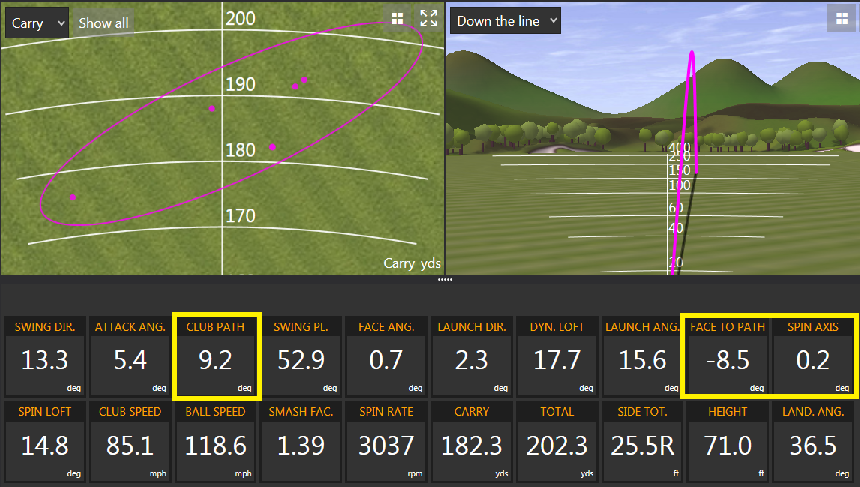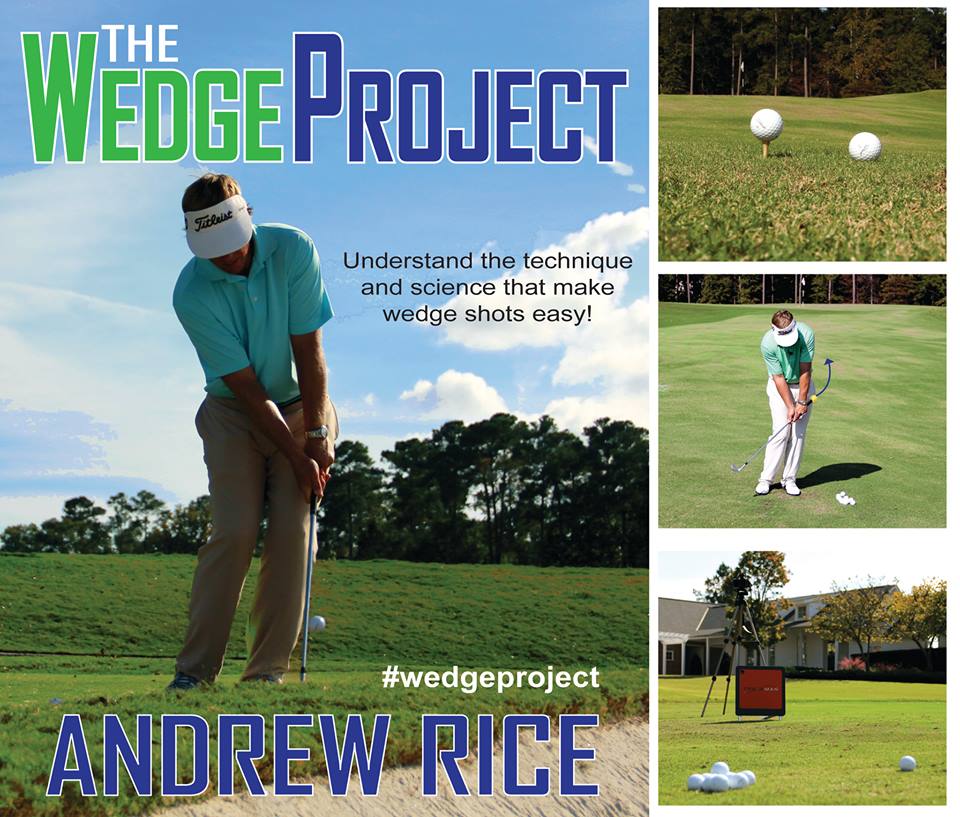A More Consistent Strike for Better Chipping
/I was recently invited by Mark Crossfield to collaborate on a chipping video to help get our shared message across to as many golfers as possible. Being from England, you may not have heard of Mark over here in the US, but I'm sure that at some point you've watched some of his excellent YouTube videos. As you will see his information is almost as good as his manner and personality in front of the camera. Enjoy...
Here are two images I created for this article with the help of my new GoPro camera. The first one shows quite clearly how the hands are working for a steeper attack angle shot...
While this image shows the preferred approach with a shallow angle of attack and the handle elevating nicely through impact...
Notice how much more the hands elevate during the stroke for the shallow version than the steep version. I've believed it worked this way for a long time, but so nice to see clearly illustrated in the images above.
Here are the important things to remember:
- Set up with the ball in the middle of your already narrow stance
- Weight should be slightly favoring the front foot
- As a result the hands are a touch in front of the ball
- Not too much wrist action required
- Land the plane on the runway under the ball (No CRASHING!)
- You can create a shallow and smooth landing by continually rotating your shoulders through the strike
Thanks very much to Mark for the invite on this tip (and for doing the tidy video edits!) and to to you for watching. If you'd like to hear and learn more about my approach to chipping and pitching around the greens check out the Wedge Project.
Happy New Year and thank you all so much for your readership and support! I have so much more to share in 2015...




























